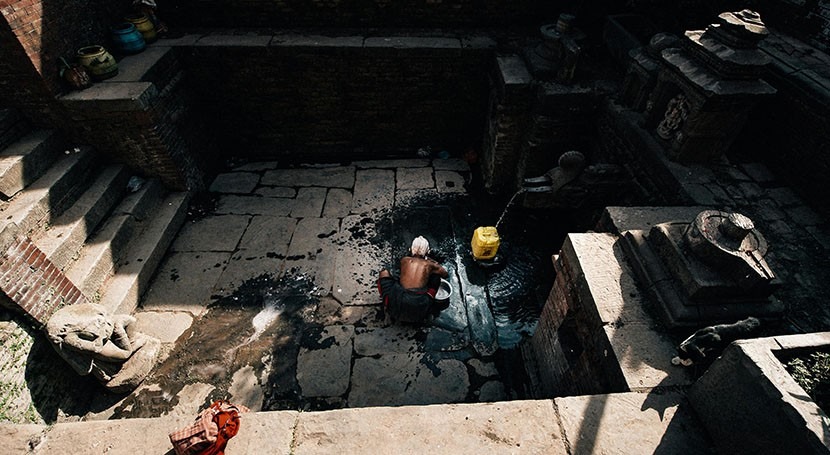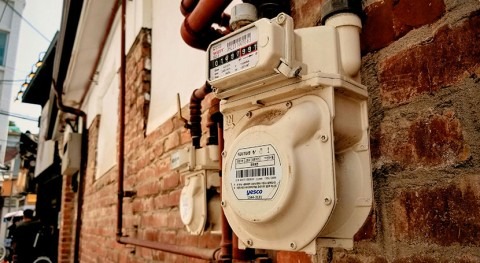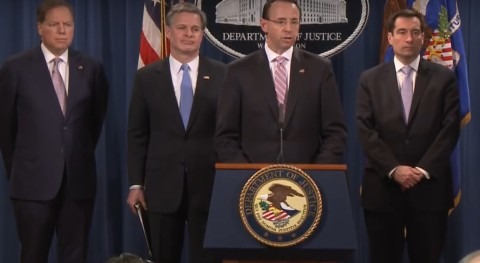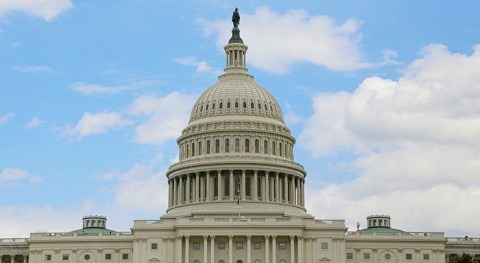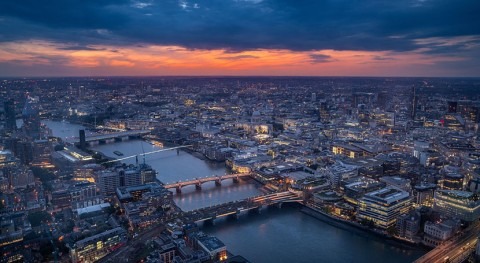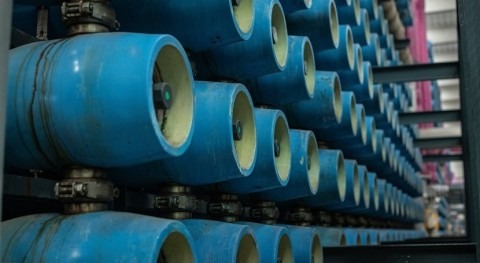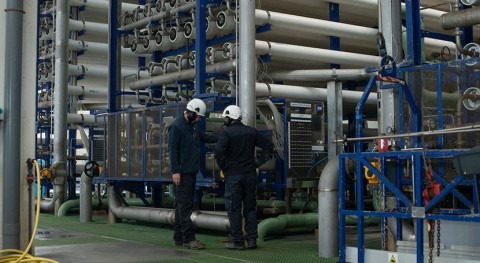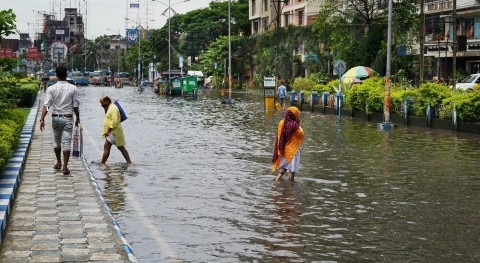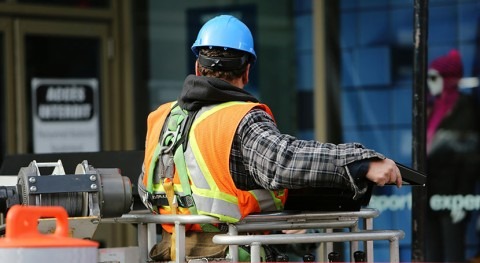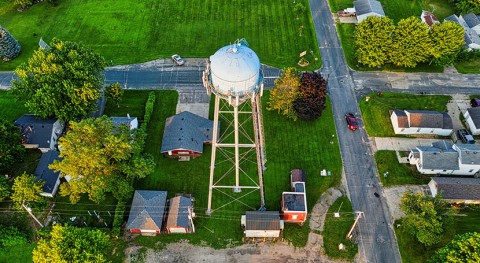India’s major reservoirs have hit their lowest levels in five years, according to the latest government data. This could lead to potential drinking water and power supply restrictions this summer.
Reuters reports that water supply is already being curtailed in major centres like India’s ‘Silicon Valley’ Bengaluru, home to tech giants like Google.
Particularly alarming is the situation in Karnataka, where the main reservoir serving Bengaluru is operating at just 16% capacity. In Bengaluru, approximately 6,900 borewells have dried up, forcing the city’s water management body to introduce advanced technologies such as Artificial Intelligence (AI) and the Internet of Things (IoT) to improve the monitoring and management of the borewells, according to the Indian media Jagran.
The Bengaluru Water Supply and Sewerage Board (BWSSB) installed IoT sensors in borewells to analyse the flow patterns, thus prompting shutdowns when water levels decrease and minimizing the need for manual intervention.
The chairman of the BWSSB explained that implementing these digital tools will: “curb unscientific borewell exploitation, ensuring sustainability. Fixed pumping levels will prevent overuse, while central monitoring will streamline operations.”
In the rest of the county, data from the federal government has revealed that the 150 monitored reservoirs, crucial for drinking water, irrigation, and hydroelectricity generation, are at a mere 40% of their capacity.
The water reserves haven't been this depleted in March since 2019 when reservoir levels plummeted to 35%, leading to water shortages in southern cities like Chennai. The impending crisis could worsen in central and southern regions, notorious for experiencing severe heatwaves in April and May, with no significant replenishment expected until June when the monsoon season typically begins.
In other industrial states such as Maharashtra, Andhra Pradesh and agricultural states Uttar Pradesh and Punjab levels are below their 10-year averages.
Sandeep Anirudhan, convener of the Coalition for Water Security, warned Reuters that in the longer term, there is a risk of water wars if authorities do not act now.
The current predicament is a consequence of last year's monsoon season, which recorded the lightest rains since 2018, exacerbated by the El Nino weather pattern, resulting in August being the driest month in over a century.
While the federal power ministry is closely monitoring reservoir levels, there's no immediate anticipation of power plant shutdowns. However, a senior official from the ministry underscored that in case of worsening conditions due to deficient rains, priority will be given to ensuring drinking water supply over power generation.
Despite robust electricity demand, India's hydropower generation has witnessed a notable decline of 17% in the first ten months of the current financial year, which commenced last April. This trend is not unique to India, as hydropower generation across Asia has experienced a sharp decline, particularly in China and India, marking one of the steepest declines in decades.


